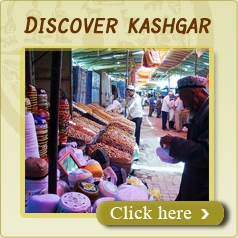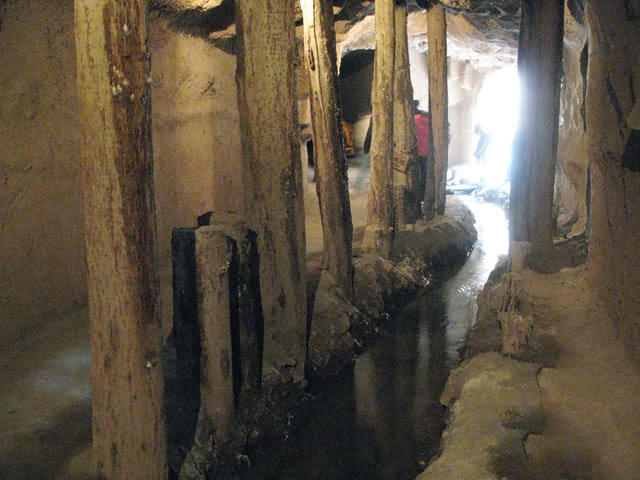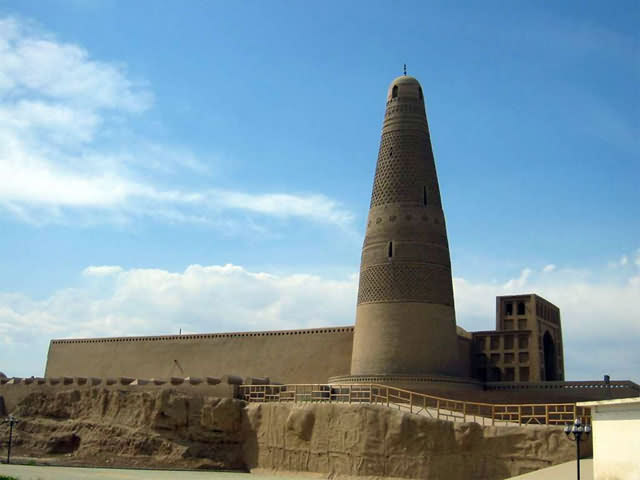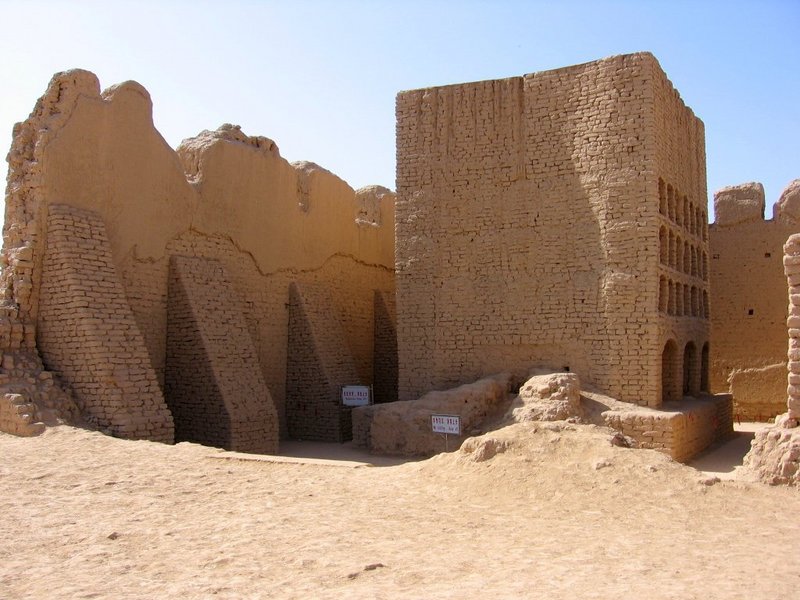Xinjiang Food Guide

-
Province:Xinjiang (Chinese: 新疆, Pinyin:Xīnjiāng)
-
Population :20,952,000
-
Area :1,660,001 square km (640,930 sq mile)
-
Overview:Xinjiang has been a multi-ethnic region since ancient times. The 13 ethnic groups that currently inhabit the region are the result of centuries of ethnic fusion, separation and re-fusion.
Food in Xinjiang has much more of a Central Asian flavour than elsewhere in China and many of the dishes use Turkish and Islamic spices and flavourings. Much of the food here tends to be very spicy too, with peppers and chili used to much the same effect as they are in Sichuan, for their apparent cooling properties in the intense heat.
The staple food here is not rice, (as it is elsewhere in China) but noodles. La mien and Ban mien (noodles served with mutton and a spicy vegetable stew) are hugely popular in all the cities in the region. Grilled mutton kebabs (Kaoyangrouchuan) are another common specialty, familiar to western taste buds too! These kebabs are usually bought on the street and often accompanied by a large, flat oven baked bread, resembling Indian Nan and going under the same name.
Xinjiang also harvest some wonderfully tasty and fresh fruit. Turpan has an abundance of grapes and raisins. Every home here harvests grapes either for personal consumption, to export, to be made into raisins, or for wine. Hami melon is also very good.
The local Uigur people tend to be extremely friendly and eating is a real part of the lifestyle here. Pull up a chair at one of the small Uigur restaurants and even if you don't speak the language, someone will always make the effort to help you eat!
Uigur food aside, standard Chinese fare is available in the bigger cities of Urumqi, Turpan and Kashgar. Western food is more rare, although there are numerous branches of John's Information Cafe set up across the province, catering to western and backpacker tastes serving up pancakes, coffee and burgers!
Xinjiang Uygur Autonomous Region is inhabited by many ethnic groups, and Xinjiang-style food is characterized by roast mutton, kebabs, roast fish and rice to be eaten with the hand.
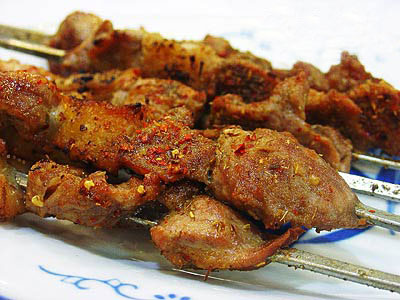
Roast Meat
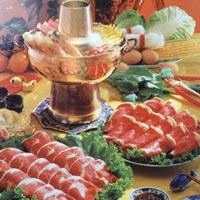
Stewed Mutton Cubes
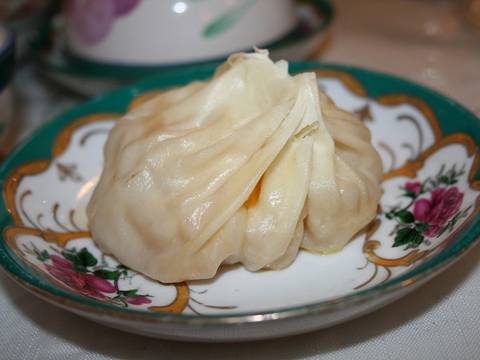
Roast Dumplings
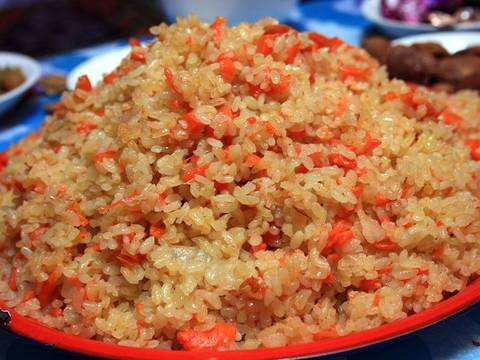
Rice Eaten with the Hands
